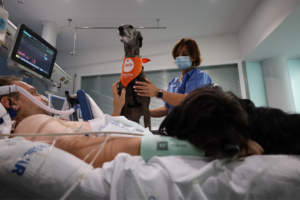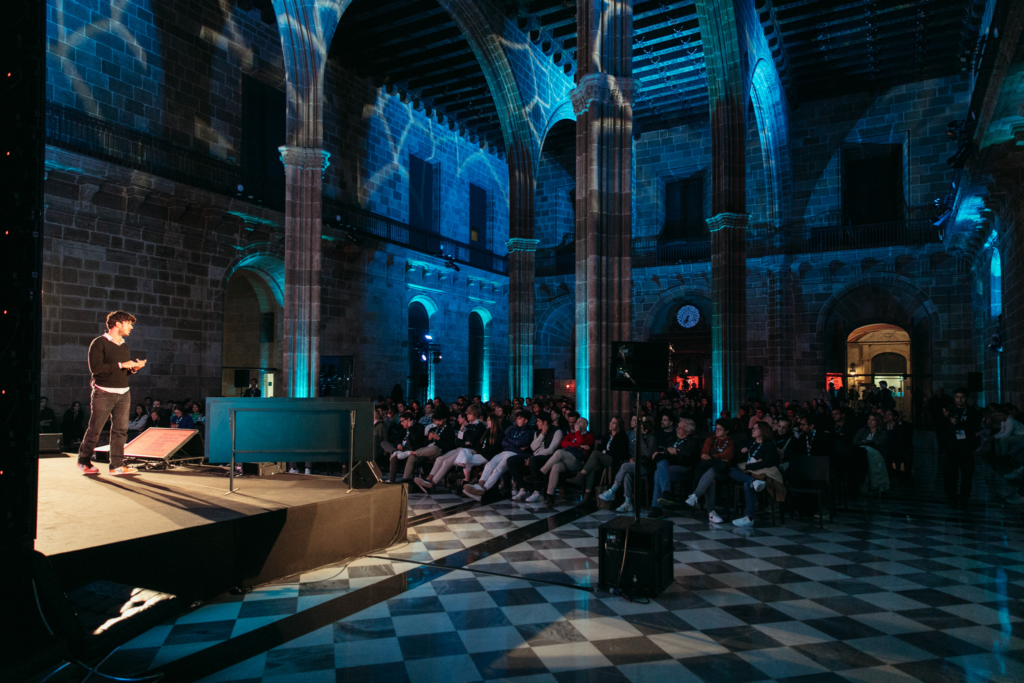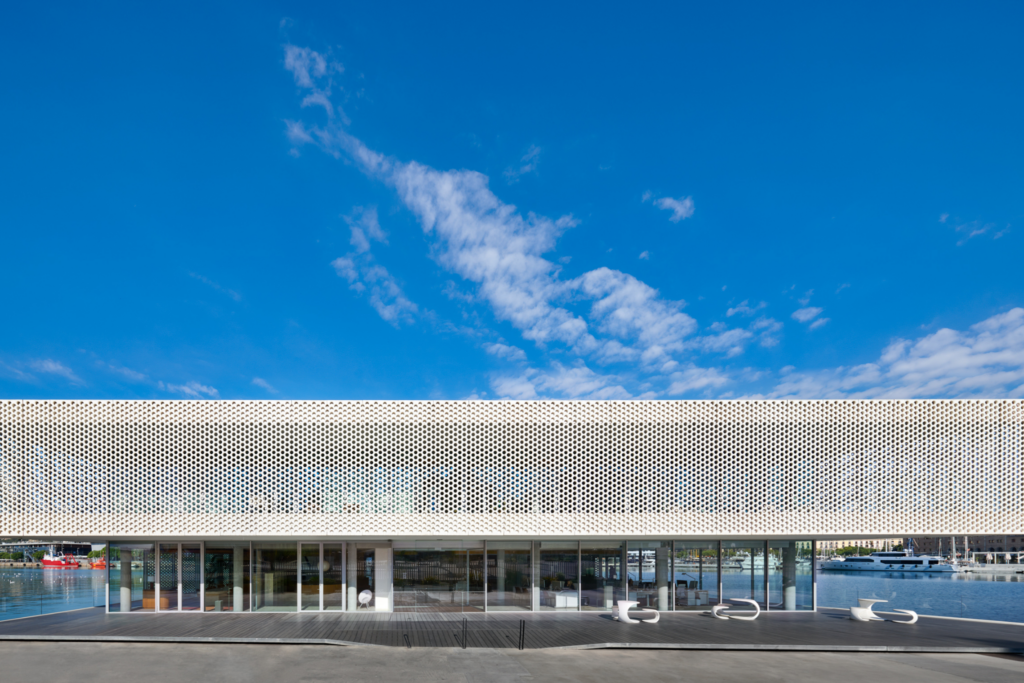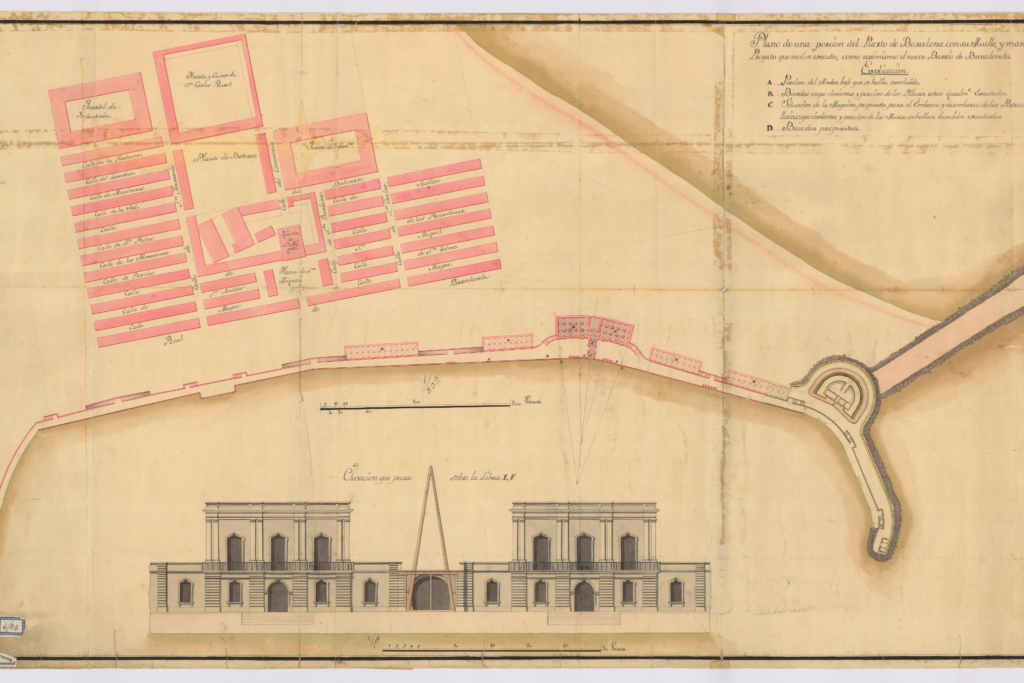
I understand the difference between the COVID-19, flu and cold.
What is a cold? A cold is a viral illness

The answer may be discouraging but, fortunately, right now, there are already more than 5,000 students who have the opportunity to immerse themselves in the world of sailing and learn about the most important concepts of seamanship. An experience that makes children and young people, but also the teaching teams, get their hearts beating at many miles per hour by being able to experience the thrill of the sea first hand.
This more nautical-related education is thanks to the project 22 days in 22 feet: solo adventure in the Atlantic. This educational initiative, jointly led by the Generalitat de Catalunya, the Barcelona Nautical Capital Foundation and the Barcelona Maritime Museum, is presented as a unique opportunity to transform traditional learning. Through active collaborations and the promotion of training programs, this project seeks to involve new generations in the field of sailing in a way that transcends the conventional boundaries of education.
This second edition of the project involves more than 5,000 students from more than 64 schools in Catalonia, including the Alexandre Galí school in Barceloneta. Each school, previously instructed to bring the students closer to the fascinating world of the sea and the nautical.
Each school, previously trained to introduce students to the fascinating world of the sea and sailing, takes on the role of sponsoring a sailor participating in the Mini Transat, a transoceanic race known as the Himalayas of the sea. Through this link, sailors and students keep in touch and follow the competition through weekly challenges linked to the three thematic axes of the educational program: Planet Sea, Human Being and Sailing. Each week a challenge is programmed that goes beyond the competition itself.
These challenges not only do make following the regatta more exciting, but also provide an opportunity to delve into other scientific disciplines such as the marine environment, geography or mathematics. Thus, learning is not only limited to the classroom, but expands to the real world of sailing, fostering autonomy, personal initiative, creativity, critical thinking and the ability to self- organize.
From Palamós to Horta de Sant Joan, participating schools and institutes have the opportunity to fully immerse themselves in life aboard a boat, experiencing what it is really like inside a maritime vehicle comparable in dimensions to a car. From the intricate routines of navigation to daily necessities such as sleeping, eating and communicating. Children and youth experience a deeper and more practical understanding of maritime life.
This educational program is not simply an isolated experience; rather, part of a STEAM learning situation and linked to the 2030 Sustainable Development Goals and the intrinsic values of sailing.
Through this approach, we seek to integrate the different areas of knowledge in a global and transversal way, encouraging the creative and critical resolution of problems posed in real contexts.
Every story, as usual, has a beginning and an end, and the project 22 days in 22 feet: solo adventure in the Atlantic is no exception. With the culmination of the Mini Transat, a special closing ceremony being held in January to which the sailors and students are invited. This ceremony, which will take place at the Museu Marítim, not only serves as a formal closure of the project, but also provides the students with the unique opportunity to personally meet the sailor they have sponsored.
You may also be interested in

What is a cold? A cold is a viral illness

From December 5 to January 7, Barcelona’s Port Vell will

El Hospital del Mar y la Fundación Affinity ponen en

More articles

The 4th edition of the benchmark event for the technology community took place on 12

Celebrating Christmas is one of Marina Puerto Viejo’s most cherished traditions. And this year, as

Next to a rubbish bin I’m going to find a very old Gladiator suitcase and

From 9 November to 10 February 2024. On the occasion of the celebration of the
| Cookie | Duration | Description |
|---|---|---|
| _ga | 2 years | The _ga cookie, installed by Google Analytics, calculates visitor, session and campaign data and also keeps track of site usage for the site's analytics report. The cookie stores information anonymously and assigns a randomly generated number to recognize unique visitors. |
| _ga_2DMP7XMBDL | 2 years | This cookie is installed by Google Analytics. |
| Cookie | Duration | Description |
|---|---|---|
| pll_language | 1 year | The pll _language cookie is used by Polylang to remember the language selected by the user when returning to the website, and also to get the language information when not available in another way. |
| Cookie | Duration | Description |
|---|---|---|
| cookielawinfo-checkbox-advertisement | 1 year | Set by the GDPR Cookie Consent plugin, this cookie is used to record the user consent for the cookies in the "Advertisement" category . |
| cookielawinfo-checkbox-analytics | 1 year | Set by the GDPR Cookie Consent plugin, this cookie is used to record the user consent for the cookies in the "Analytics" category . |
| cookielawinfo-checkbox-functional | 1 year | The cookie is set by the GDPR Cookie Consent plugin to record the user consent for the cookies in the category "Functional". |
| cookielawinfo-checkbox-necessary | 1 year | Set by the GDPR Cookie Consent plugin, this cookie is used to record the user consent for the cookies in the "Necessary" category . |
| cookielawinfo-checkbox-others | 1 year | Set by the GDPR Cookie Consent plugin, this cookie is used to store the user consent for cookies in the category "Others". |
| cookielawinfo-checkbox-performance | 1 year | Set by the GDPR Cookie Consent plugin, this cookie is used to store the user consent for cookies in the category "Performance". |
| CookieLawInfoConsent | 1 year | Records the default button state of the corresponding category & the status of CCPA. It works only in coordination with the primary cookie. |
| elementor | never | This cookie is used by the website's WordPress theme. It allows the website owner to implement or change the website's content in real-time. |